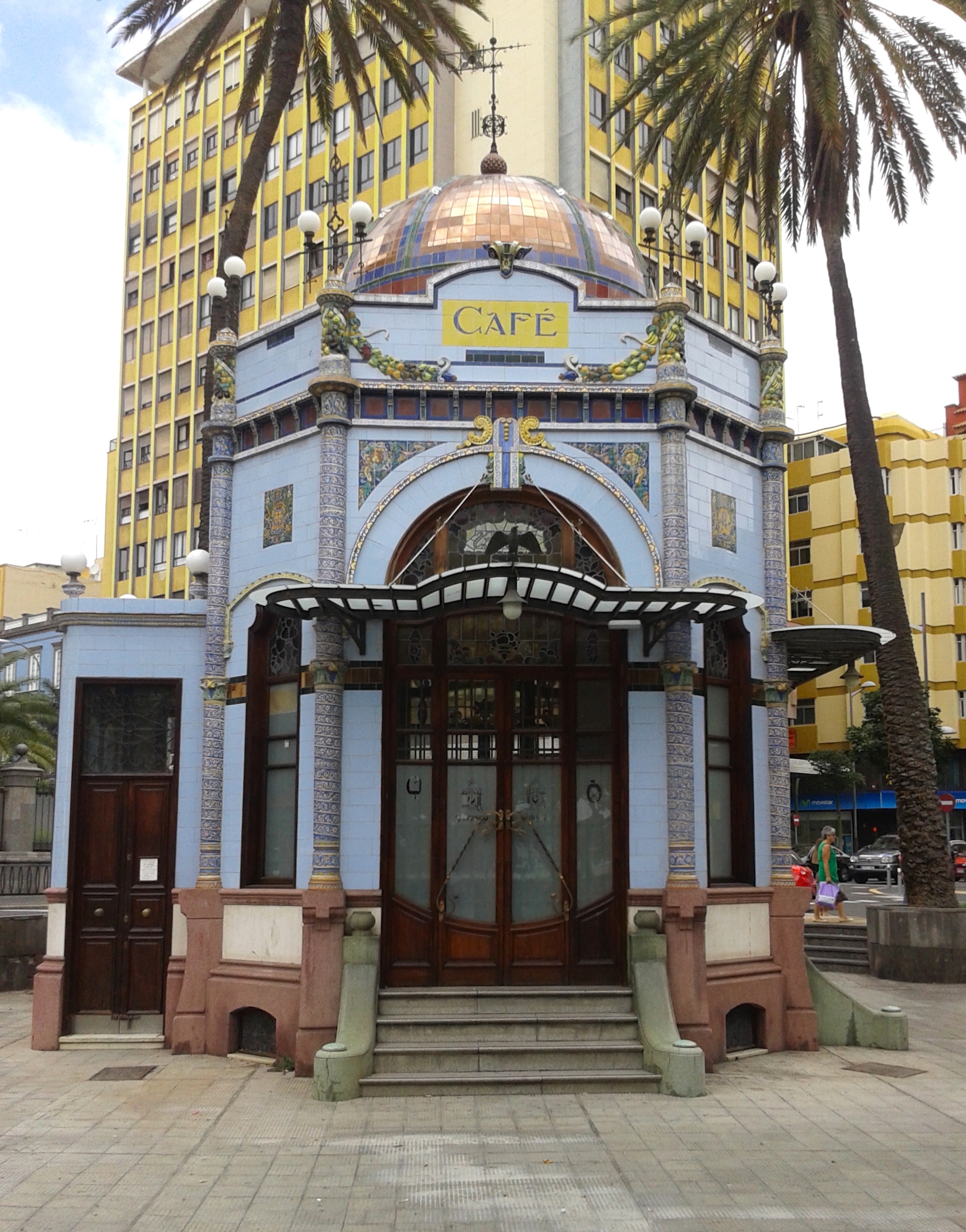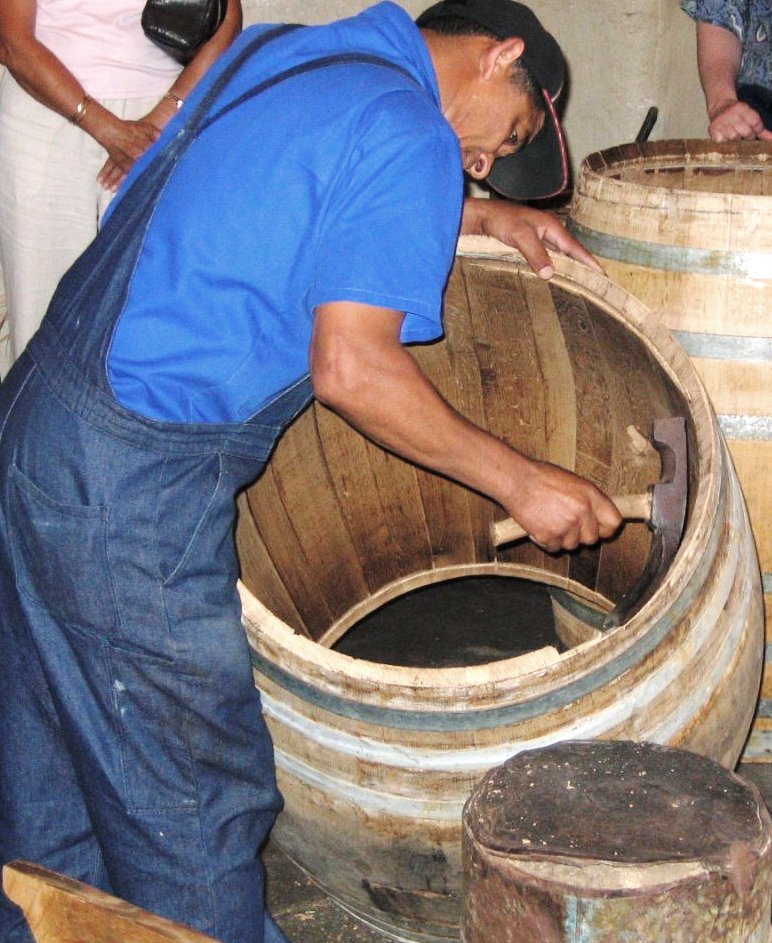|
Katindo
Katindo is a neighborhood in the Goma commune of Goma, located in North Kivu, Democratic Republic of the Congo. Strategically located in the northern region of the city, it had an estimated population of 50,860 as of 2014. The neighborhood is situated north of the Goma- Sake road and south of Lake Kivu, with Les Volcans neighborhood to the east and Himbi to the west. Administratively, Katindo is divided into three cells and eight avenues. Government Katindo is governed by a neighborhood chief, who is supported by two deputies—one male and one female—along with an administrative secretary and two census officials. Katindo is divided into three cells (''cellule''), each further subdivided into avenues, which are composed of multiple ''Nyumba Kumi'' (ten-house units). Introduced in 1997 by the Alliance of Democratic Forces for the Liberation of Congo (AFDL) and inspired by a similar model in Rwanda, the ''Nyumba Kumi'' system is overseen by appointed representatives under the ... [...More Info...] [...Related Items...] OR: [Wikipedia] [Google] [Baidu] |
Goma (commune)
Goma is a commune located in the city of Goma, within North Kivu Province in the eastern Democratic Republic of the Congo.Goma et ses avenues 2015 ─ REPUBLIQUE DEMOCRATIQUE DU CONGO, MINISTERE DU PLAN ET SUIVI DE LA MISE EN ŒUVRE DE LA REVOLUTION DE LA MODERNITE, INSTITUT NATIONAL DE LA STATISTIQUE, Direction Provinciale du Nord-Kivu Covering an area of 33,245 square kilometers, it forms the southernmost part of the city while also including sections of its eastern and western regions. As of 2018, the commune's population was estimated at approximately 333,727 residents. Goma is bordered by to the south, the [...More Info...] [...Related Items...] OR: [Wikipedia] [Google] [Baidu] |
Goma
Goma is a city in the eastern Democratic Republic of the Congo. It is the Capital city, capital and largest city of the North Kivu, North Kivu Province; it is located on the northern shore of Lake Kivu and shares borders with the Bukumu Chiefdom to the north, Rwanda to the east and the Masisi Territory to the west. The city lies in the Albertine Rift, the western branch of the East African Rift, and is only south of the active volcano Mount Nyiragongo. With an approximate area of , the city had a population of 782,000 people in 2024, with an additional 500,000 displaced people. Goma is administratively divided into two urban municipalities: Goma (commune), Goma and Karisimbi (commune), Karisimbi, which are further subdivided into 18 Quarter (urban subdivision), quarters, colloquially recognized as "Neighbourhood, neighborhoods" in the English lexicon. The city is home to several notable landmarks, including Goma International Airport, the World Heritage Site, UNESCO World Herit ... [...More Info...] [...Related Items...] OR: [Wikipedia] [Google] [Baidu] |
North Kivu
North Kivu () is a Provinces of the Democratic Republic of the Congo, province bordering Lake Kivu in the eastern Democratic Republic of the Congo. The capital city is Goma. Spanning approximately 59,483 square kilometers with a population estimate of 12,024,400 as of 2025, it is bordered by Ituri Province to the north, Tshopo, Tshopo Province to the northwest, Maniema, Maniema Province to the southwest, and South Kivu, South Kivu Province to the south, as well as Uganda and Rwanda to the east. North Kivu's administrative history traces back to the colonial era when it was initially part of the Stanley Falls District within the Congo Free State. Following a series of territorial reorganizations, North Kivu became incorporated into Orientale Province, with Stanleyville (modern-day Kisangani) as the provincial capital. The area gained provincial status in 1962 but was demoted to a district under Mobutu Sese Seko's regime in 1965. It was formally reinstated in 1988 under Ordinance- ... [...More Info...] [...Related Items...] OR: [Wikipedia] [Google] [Baidu] |
Cooperative
A cooperative (also known as co-operative, coöperative, co-op, or coop) is "an autonomy, autonomous association of persons united voluntarily to meet their common economic, social and cultural needs and aspirations through a jointly owned and democratically-controlled wikt:Enterprise, enterprise". Cooperatives are democratically controlled by their members, with each member having one vote in electing the board of directors. They differ from Collective farming, collectives in that they are generally built from the bottom-up, rather than the top-down. Cooperatives may include: * Worker cooperatives: businesses owned and managed by the people who work there * Consumer cooperatives: businesses owned and managed by the people who consume goods and/or services provided by the cooperative * Producer cooperatives: businesses where producers pool their output for their common benefit ** e.g. Agricultural cooperatives * Purchasing cooperatives where members pool their purchasing power ... [...More Info...] [...Related Items...] OR: [Wikipedia] [Google] [Baidu] |
Retail Trade
Retail is the sale of goods and services to consumers, in contrast to wholesaling, which is the sale to business or institutional customers. A retailer purchases goods in large quantities from manufacturers, directly or through a wholesaler, and then sells in smaller quantities to consumers for a profit. Retailers are the final link in the supply chain from producers to consumers. Retail markets and shops have a long history, dating back to antiquity. Some of the earliest retailers were itinerant peddlers. Over the centuries, retail shops were transformed from little more than "rude booths" to the sophisticated shopping malls of the modern era. In the digital age, an increasing number of retailers are seeking to reach broader markets by selling through multiple channels, including both bricks and mortar and online retailing. Digital technologies are also affecting the way that consumers pay for goods and services. Retailing support services may also include the provision of ... [...More Info...] [...Related Items...] OR: [Wikipedia] [Google] [Baidu] |
Boutique
A () is a retail shop that deals in high end fashionable clothing or accessories. The word is French for "shop", which derives ultimately from the Ancient Greek Ancient Greek (, ; ) includes the forms of the Greek language used in ancient Greece and the classical antiquity, ancient world from around 1500 BC to 300 BC. It is often roughly divided into the following periods: Mycenaean Greek (), Greek ... ἀποθήκη (''apothēkē'') "storehouse". Some multi-outlet businesses ( Chain stores) can be referred to as ''boutiques'' if they target small, upscale niche markets. Although some ''boutiques'' specialize in hand-made items and other unique products, others simply produce T-shirts, stickers, and other fashion accessories in artificially small runs and sell them at high prices. See also * * Boutique hotel * Types of advertising agencies * Types of retail outlets References External links Retail formats {{Retailing-stub ... [...More Info...] [...Related Items...] OR: [Wikipedia] [Google] [Baidu] |
Kiosk
Historically, a kiosk () was a small garden pavilion open on some or all sides common in Iran, Persia, the Indian subcontinent, and in the Ottoman Empire from the 13th century onward. Today, several examples of this type of kiosk still exist in and around the Topkapı Palace in Istanbul, and they can be seen in Balkan countries. The word is used in English-speaking countries for small booths offering goods and services. In Australia they usually offer food service. Freestanding computer terminals dispensing information are called interactive kiosks. Etymology Etymological data points to the Middle Persian word ''kōšk'' 'palace, portico' as the origin, via Turkish language, Turkish ''köşk'' 'pavilion' and French ''kiosque'' or Italian ''chiosco''. History and origins A kiosk is an open summer-house or pavilion usually having its roof supported by pillars with screened or totally open walls. As a building type, it was first introduced by the Sasanian Empire, Sasanid and ... [...More Info...] [...Related Items...] OR: [Wikipedia] [Google] [Baidu] |
Carpentry
Carpentry is a skilled trade and a craft in which the primary work performed is the cutting, shaping and installation of building materials during the construction of buildings, Shipbuilding, ships, timber bridges, concrete formwork, etc. Carpenters traditionally worked with natural wood and did rougher work such as framing, but today many other materials are also used and sometimes the finer trades of cabinetmaking and furniture building are considered carpentry. In the United States, 98.5% of carpenters are male, and it was the fourth most male-dominated occupation in the country in 1999. In 2006 in the United States, there were about 1.5 million carpentry positions. Carpenters are usually the first tradesmen on a job and the last to leave. Carpenters normally framed post-and-beam buildings until the end of the 19th century; now this old-fashioned carpentry is called timber framing. Carpenters learn this trade by being employed through an apprenticeship training—normally ... [...More Info...] [...Related Items...] OR: [Wikipedia] [Google] [Baidu] |
Sewing
Sewing is the craft of fastening pieces of textiles together using a sewing needle and thread. Sewing is one of the oldest of the textile arts, arising in the Paleolithic era. Before the invention of spinning yarn or weaving fabric, archaeologists believe Stone Age people across Europe and Asia sewed fur and leather clothing using bone, antler or ivory sewing-needles and "thread" made of various animal body parts including sinew, catgut, and veins. For thousands of years, all sewing was done by hand. The invention of the sewing machine in the 19th century and the rise of computerization in the 20th century led to mass production and export of sewn objects, but hand sewing is still practiced around the world. Fine hand sewing is a characteristic of high-quality tailoring, haute couture fashion, and custom dressmaking, and is pursued by both textile artists and hobbyists as a means of creative expression. The first known use of the word "sewing" was in the 14th century. ... [...More Info...] [...Related Items...] OR: [Wikipedia] [Google] [Baidu] |
Communes Of The Democratic Republic Of The Congo
The communes of the Democratic Republic of the Congo are administrative divisions of both cities A city is a human settlement of a substantial size. The term "city" has different meanings around the world and in some places the settlement can be very small. Even where the term is limited to larger settlements, there is no universally agree ... and territories. They are led by government appointed burgomasters (fr. ''bourgmestres'') and are further divided into quarters (fr. ''quartiers'') and embedded groupings (fr. ''groupements incorporé''). List of city and territory communes City communes The 34 cities of DR Congo are divided into 139 communes: Territory communes There are 174 communes in the 145 territories of DR Congo. Each administrative center of a territory is a commune and in most cases has the same name as the territory. References {{reflist Subdivisions of the Democratic Republic of the Congo Congo, Democratic Republic of 3 Communes, Congo Dem ... [...More Info...] [...Related Items...] OR: [Wikipedia] [Google] [Baidu] |
Waste Management
Waste management or waste disposal includes the processes and actions required to manage waste from its inception to its final disposal. This includes the collection, transport, treatment, and disposal of waste, together with monitoring and regulation of the waste management process and waste-related laws, technologies, and economic mechanisms. Waste can either be solid, liquid, or gases and each type has different methods of disposal and management. Waste management deals with all types of waste, including industrial, chemical, municipal, organic, biomedical, and radioactive wastes. In some cases, waste can pose a threat to human health. Health issues are associated with the entire process of waste management. Health issues can also arise indirectly or directly: directly through the handling of solid waste, and indirectly through the consumption of water, soil, and food. Waste is produced by human activity, for example, the extraction and processing of raw mater ... [...More Info...] [...Related Items...] OR: [Wikipedia] [Google] [Baidu] |
Informal Economy
An informal economy (informal sector or grey economy) is the part of any economy that is neither Taxation, taxed nor monitored by any form of government. Although the informal sector makes up a significant portion of the economies in developing countries, it is sometimes stigmatized as troublesome and unmanageable. However, the informal sector provides critical economic opportunities for the poverty, poor and has been expanding rapidly since the 1960s. Integrating the informal economy into the formal sector is an important policy challenge. In many cases, unlike the formal economy, activities of the informal economy are not included in a country's gross national product (GNP) or gross domestic product (GDP). However, Italy has included estimates of informal activity in their GDP calculations since 1987, which swells their GDP by an estimated 18% and in 2014, a number of European countries formally changed their GDP calculations to include prostitution and narcotics sales in the ... [...More Info...] [...Related Items...] OR: [Wikipedia] [Google] [Baidu] |






